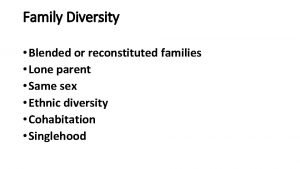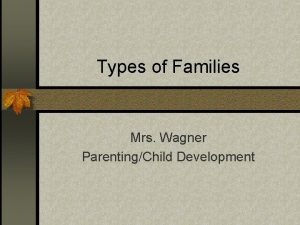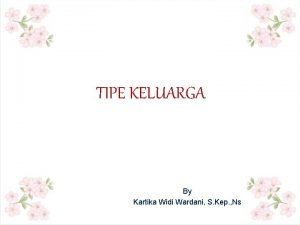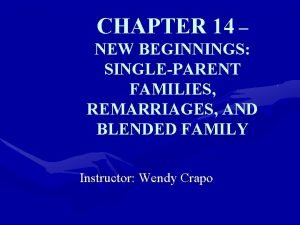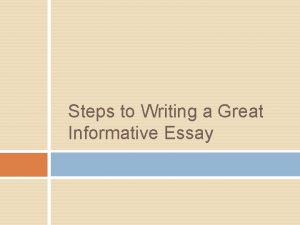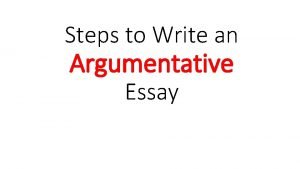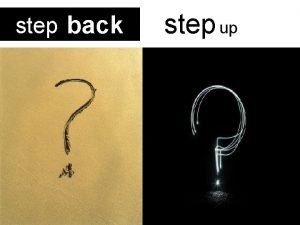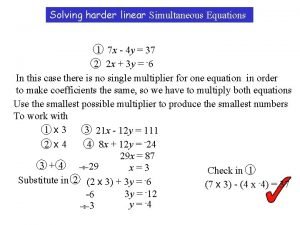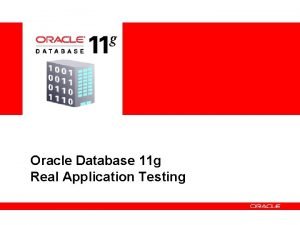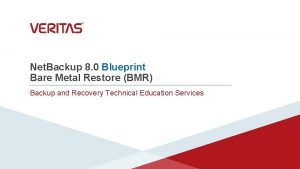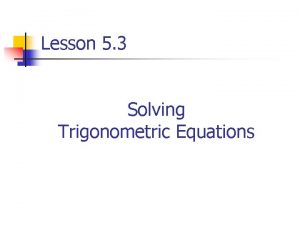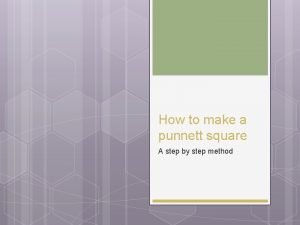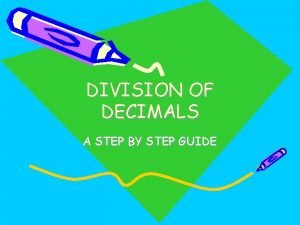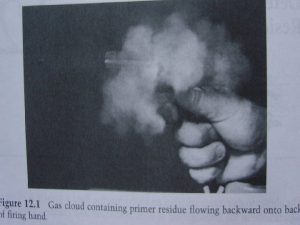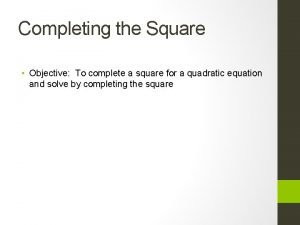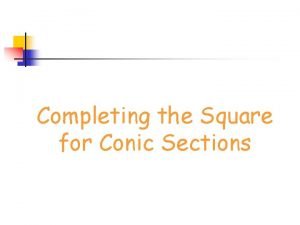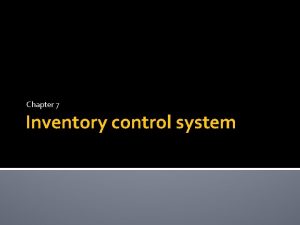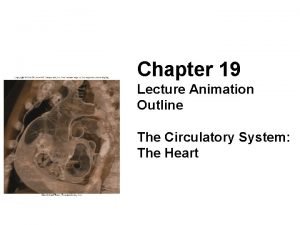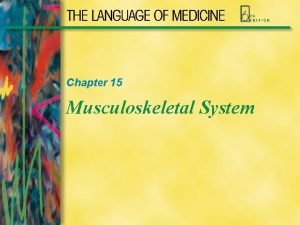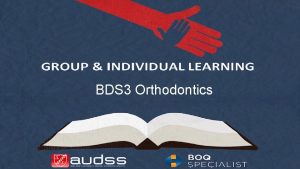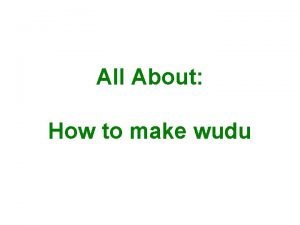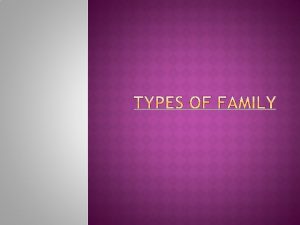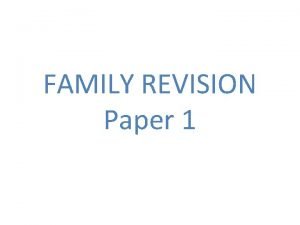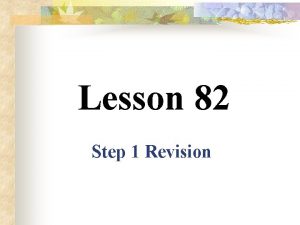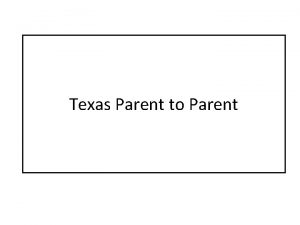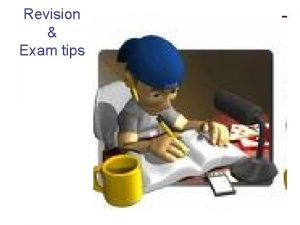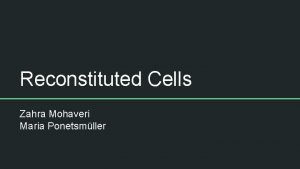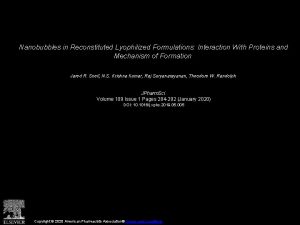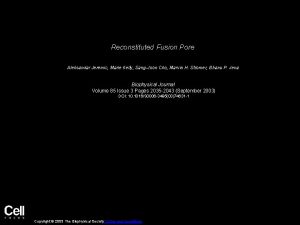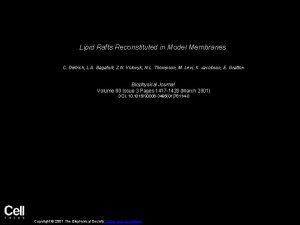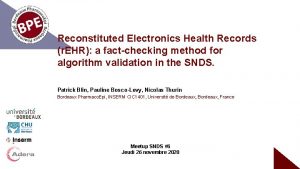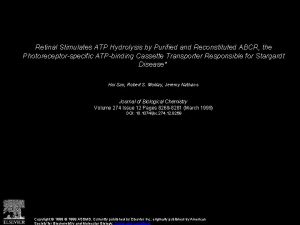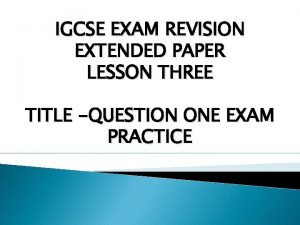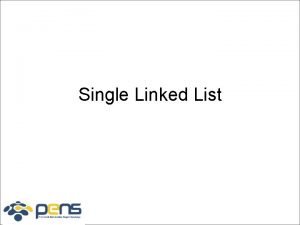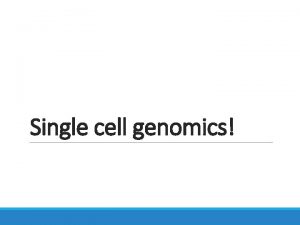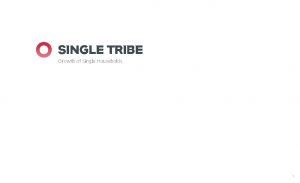Exam Revision Nuclear Extended single parent Reconstituted step











































- Slides: 43

Exam Revision


• • Nuclear Extended single parent Reconstituted - step parent Q. Think of at least 3 ways an extended family can support each other Q. Why may some families only have one parent?

Every Childs Rights 1. 2. 3. 4. 5. 6. Foods & Drink Clothing Clean Home Safe environment Health Care Secure & Stable environment 7. Love & encouragement 8. Praise & discipline Parents should provide: Good social skills Financial support Good role model Support with special needs • Opportunities to learn • • Q. Parental Roles have changed drastically over time. - Discuss how Modern-day families differ from those 40 years ago

What may cause pressure within a family ?

Causes 1. Injury at birth 2. Injury or illness during pregnancy 3. Disease after birth 4. Injury after birth 5. Genes/inheritence Q. How may having a disabled child effect a family? Types • Visual and hearing impairment, Autism • Spina bifida • Down's syndrome • Cerebral palsy • Cystic Fibrosis

Medical - health-screening, immunisation, maternity, hospital, dental care and education Social & Housing – Provide housing and financial help Daycare settings - nursery, playgroup, child minder, fostering Voluntary agencies – NSPCC, Childline, Gingerbread, Mencap, Relate, Barnados Legal Frame work - Rights of the Child, Children Act, Adoption Act, Childcare Act, Children and Family Services, Protection of Children Act


5 Name the FIVE groups of nutrients

Vitamin K - Helps the blood to clot. - Found in green veg, pulses & meat - Babies are given this at birth by injection or orally

Fluroide - Helps strong teeth enamel - Found in water, seafood & toothpaste

Bottle Feeding VS Breast Feeding

Breast Milk � Contains all a baby needs � 90% water 10% food substances – sugar, fat, protein vitamins and minerals (including salt) � Milk contains lactose (milk sugar) which is less sweet than Sugar which contains sucrose from sugar beet � Colostrum – antibodies � Breast milk contains iron – 6 months worth � It’s free � It protects against SIDS, Certain cancers, illnesses.

Its always at the right temperature Its easy for the baby to digest and absorb It changes its levels of nutrients as the baby gets older, and the baby’s dietary needs change Its clean and safe Prevents nappy rash and constipation It’s the most natural way a mother can feed her baby, it should not be considered weird or embarrassing. Bonds of attachment Its been around since the dawn of time.

First milk and follow on milk Mother knows how much the baby is taking Other people are able to feed and therefore bond with the baby Mother can return to work Baby can be fed anywhere, (embarrassed mothers)

• All equipment must be cleaned and sterilised • Baby becomes thirsty, mothers feed more instead of giving water • Baby can become over weight • Strong feeds can result in the baby taking too much salt – convulsions, coma, death • Teats need to be the correct size • Gastro – enteritis – inflammation of the intestines, can be prevented with better hygiene when preparing bottles or changing nappies

Lay babies on their backs to sleep Place baby with its feet at the base of the cot Keep babies away from tobacco smoke Do not let babies become too hot Seek medical advice if baby seems unwell BREAST FEED if possible


Pregnancy Revision Video

Can you label the diagram?

Can you label the diagram?

1. Bedside entertainment and communication system. Provides TV, radio, telephone and internet to patients. 2. Gas and air is available for pain relief in all of the labour rooms 3. Bed - height can be lowered and raised, which is useful to lean over for support when having contractions. Beds can also be put into a 'chair' position if that is more comfortable. 4. Baby Resuscitaire - at most births this is not used, but if required by the midwives or paediatricians (baby doctor), this equipment provides support at all levels for the baby once born. 5. Cot - can be used for your baby when not having skin to skin contact or feeding.

Two signs of pregnancy ?

THE MENSTRUAL CYCLE 4. Premenstrual phase If the egg is not fertilised then the lining of the uterus breaks down again 1. Menstruation. The uterus shreds its lining together with the unfertilised egg 3. Receptive phase (16 -22 days) The lining of the uterus thickens 2. Ovulation – an egg is released from one of the ovaries

What are the roles of these professionals? Midwife Gynaecologist Nurse Obstetrician Paediatrician Health Visitor Can you describe each stage of birth?

Continuous abstinence – no sex Natural family planning/rhythm method - withdrawal Diaphragm, cervical cap, and cervical shield Female condom Male condom Hormonal methods Oral contraceptives — combined pill ("The pill") Oral contraceptives — progestin-only pill ("Mini-pill") Shot/injection Vaginal ring Implantable devices Implantable rods Intrauterine devices Permanent birth control methods Sterilization implant Surgical sterilization Emergency contraception

Pethidine Epidurals This is an opiate drug that is given by injection into the thigh. It makes the mother feel sleepy and possibly relaxed. It does not take away the pain numb the body from the waist down. It can be given quickly & easily by the midwife but takes 20 mins to take affect An anaesthetist gives a liquid anaesthetic through a tube directly via a needle into the mother’s spine at waist level. It is more useful in early labour to allow mother to rest or sleep It makes her completely numb from the waist down so she cannot feel the contractions. An electronic monitor is used to check on the baby’s heart rate throughout. Epidurals take 45 minutes to set up and take effect. Once in place and working the mother should not feel any pain. Disadvantages are that the mother needs to remain on the bed, can have a longer labour & that the baby may be born via a forceps or ventouse delivery. Crosses the placenta to baby & if given close to birth will cause baby to be born sleepy > breathing & feeding problems Mother can feel sick, disorientated & out of control Does not take away the pain Gas & Air works quickly. It is a mixture of nitrous oxide and oxygen and is inhaled via a mouthpiece or tube It takes away some of the pain. (Acts as a distraction) It wears off quickly. It makes the mother feel light-headed, sometimes a little sick but it doesn’t effect the baby TENs machines pass a small electrical current through pads attached to the Mother’s lower back. It interferes with the pain messages in the body and triggers the release of endorphins which are the body’s own natural painkillers. It works well against mild pain. It has no known side affects on the baby It is self administered by the mother She normally has to rent units

Describe a newborn's appearance in keywords Birth Video

What is a Breech birth?

Spot the odd one out… Placenta Amniotic Fluid Penis Umbilical Cord Why?

How long does the foetus typically develop for? 12 weeks 40 weeks 35 weeks

What are the FIVE body senses?

What is an Embryo?


What does PIES stand for?

Name an activity to stimulate each area of PIES

What are Fine & Gross Motor skills

Cloth Nappies Natural materials, no plastics or chemicals next to baby’s skin. E. g. organic cotton and bamboo nappies so you know your baby’s skin is chemical-free. You put contents of the nappy down the toilet where it should be, rather than in the bin! Financial benefit, especially if used on more than one child. Disposables will cost between £ 600 - £ 1000 per child (*see below), whereas a really good set of modern cloth nappies will cost between £ 200 and £ 500 with the accessories (nappy buckets, mesh, washable wipes, fleece liners etc) costing about £ 30 - £ 40. Better containment of nappy contents with the use of two -part nappies. Less leaks, less complete changes of clothes, therefore less washing of baby’s clothes. Produce less household waste. About half of the waste a family with a baby produces will be nappies if they use disposables. Disposable nappies: Advantages Disposable nappies are light and compact to carry. They can be less bulky on a baby than washables. They do lock wetness away from the baby’s skin. You can throw away when they are dirty. This means no extra washing and no carrying soiled nappies around in a changing bag. There are eco-friendly nappies available to buy and disposable recycling services are tentatively exploring the UK market. Disadvantages They can be more expensive in the long run. Choosing cloth nappies allows you to choose from a wide range of very ethical companies to spend your money with. They may be harming the environment through manufacture and disposal. Washable nappies and wraps can be fun with pretty designs. They have chemicals inside, such as Polyacrylate, to turn the wee into gel. Not as smelly as disposables.


Name 3 precautions you may take when taking a child to the park on a sunny day ?

Why do children have immunisations?

How could you help prevent measles, mumps & rubella in children ?

! x a l e R Well done!
 Step 1 step 2 step 3 step 4
Step 1 step 2 step 3 step 4 Blended or reconstituted family
Blended or reconstituted family Revision passive voice
Revision passive voice Lesson 15 nuclear quest nuclear reactions
Lesson 15 nuclear quest nuclear reactions Fisión nuclear vs fision nuclear
Fisión nuclear vs fision nuclear Akt exam
Akt exam Pe nuclear exam prep
Pe nuclear exam prep Whats immediate family
Whats immediate family Dyad family
Dyad family Advantages of single parent family
Advantages of single parent family Characteristics of single parent family
Characteristics of single parent family Chaos greek god family tree
Chaos greek god family tree Disking teeth
Disking teeth Creating a dinosaur sculpture type of graphic organizer
Creating a dinosaur sculpture type of graphic organizer Informative essay steps
Informative essay steps Body paragraph starters
Body paragraph starters Step up step back
Step up step back How to factor equations
How to factor equations Simultaneous equations non linear
Simultaneous equations non linear Simultaneous equations step by step
Simultaneous equations step by step Combining like terms steps
Combining like terms steps The steps of photosynthesis
The steps of photosynthesis Particle filter matlab code
Particle filter matlab code Real application testing
Real application testing Veritas bare metal restore
Veritas bare metal restore Trig equations
Trig equations Naomi campbell face shape
Naomi campbell face shape How to draw a punnett square
How to draw a punnett square How to use viva video
How to use viva video Installing fusioncompute
Installing fusioncompute Sine function graph
Sine function graph How to divide decimals step by step
How to divide decimals step by step What is the positive result for the dermal nitrate test?
What is the positive result for the dermal nitrate test? Equilateral floral arrangement
Equilateral floral arrangement Solve by completing the square
Solve by completing the square Complete the square steps
Complete the square steps How to balance chemical equations step by step
How to balance chemical equations step by step Step-by step inventory process
Step-by step inventory process Kesler science balancing chemical equations
Kesler science balancing chemical equations Steps of blood flow through the heart
Steps of blood flow through the heart Knuckle like process at the end of a bone
Knuckle like process at the end of a bone Incisal labiality
Incisal labiality How to make wudu step by step
How to make wudu step by step How are stars formed step by step?
How are stars formed step by step?

